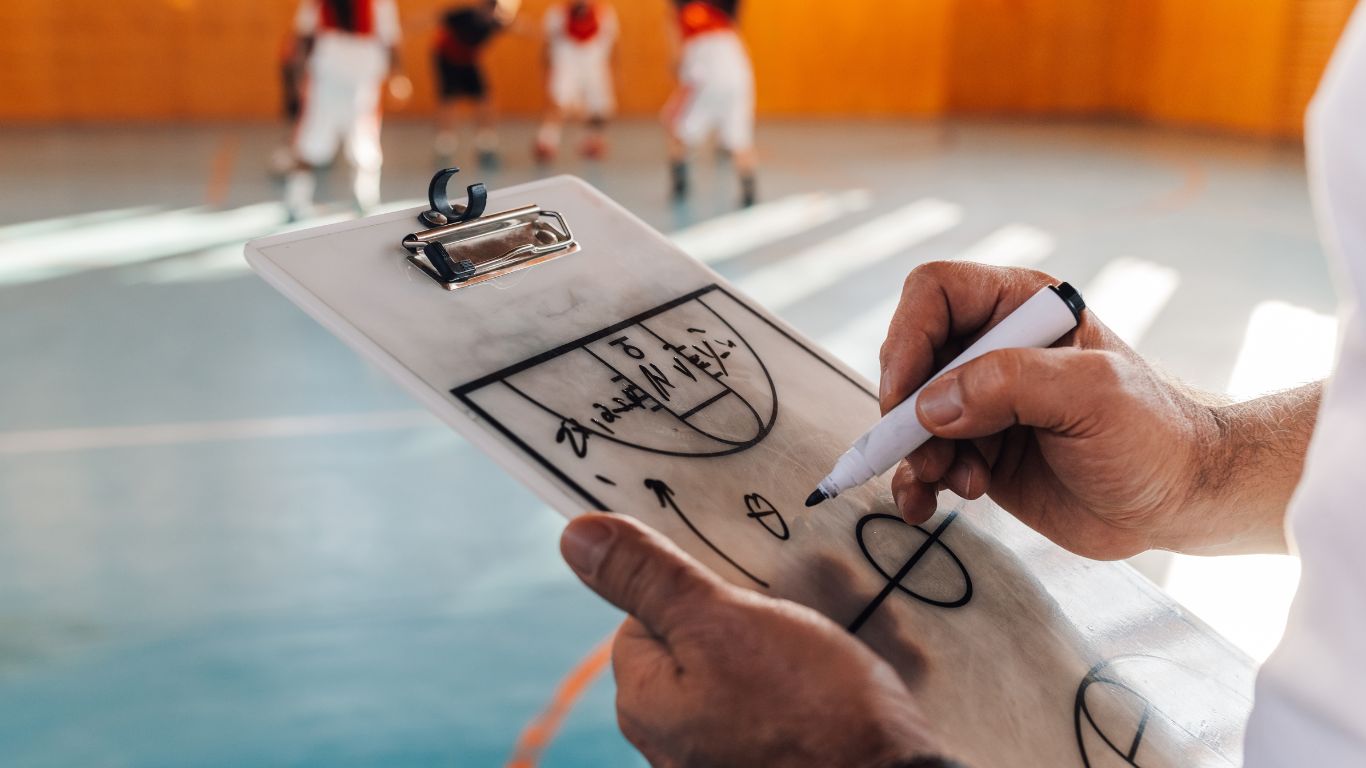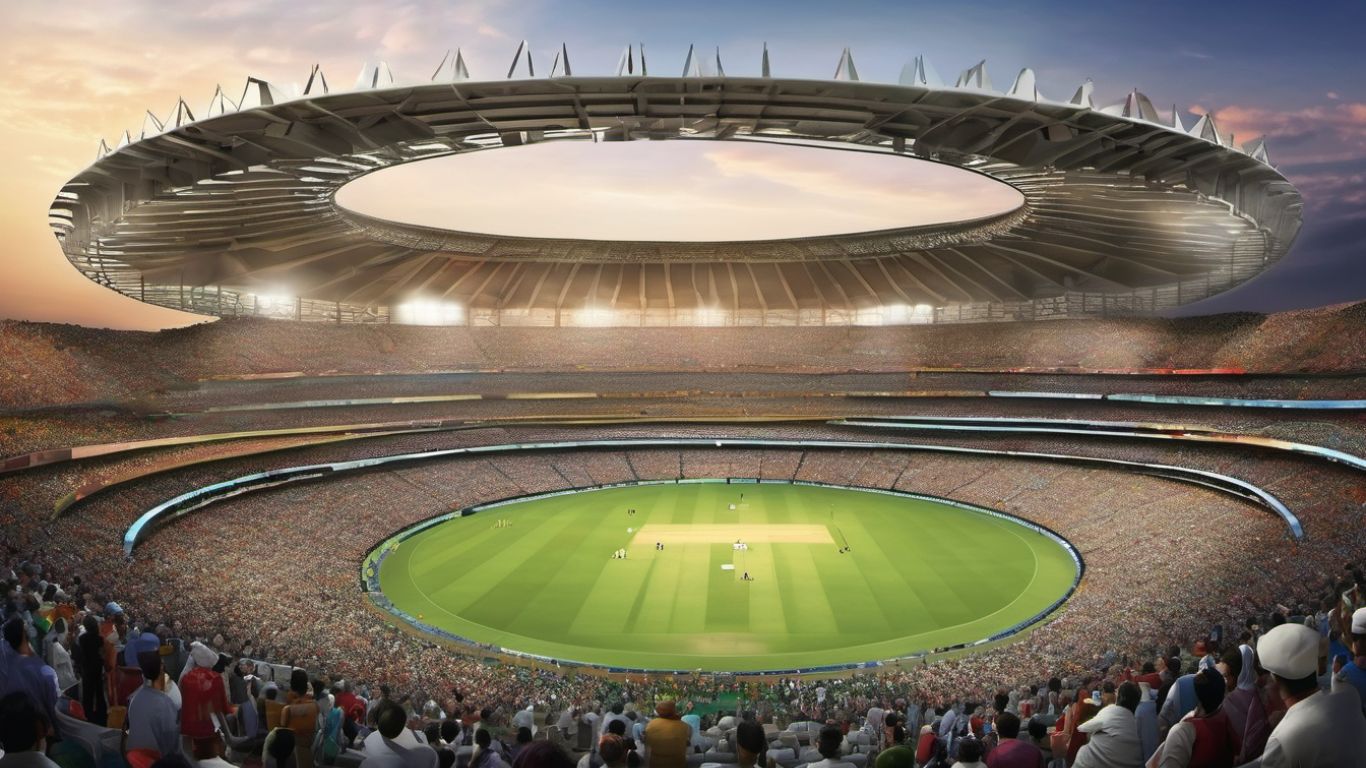Choosing the proper football position is crucial for your success on the field. Each position requires different skills and abilities, and finding the best fit for you can significantly impact your performance. In this post, we’ll explore the different football positions and the skills needed for each, helping you determine which position best suits your strengths and abilities. Whether you’re a seasoned player or new to the game, understanding the various positions can help you make the most of your football experience.
Assess Your Physical Attributes and Skills
Step 1: Assess your physical attributes: Look at your physical characteristics such as speed, agility, strength, and size. These will help determine which football position may be best suited for you.
Step 2: Consider your skills, such as throwing, catching, tackling, and blocking. These will also play a role in determining the best position for you.
Step 3: Research different positions: Look into the various positions in football and what each one requires regarding physical attributes and skills. This will help you narrow down your options and the best fit for you.
Step 4: Seek advice: Talk to coaches, teammates, or other knowledgeable individuals who can provide insight into which position may be best for you based on your physical attributes and skills.
Consider Your Playing Style and Preferences
Step 1: Identify your strengths and weaknesses. Consider what skills you excel at and what areas you need to improve. Are you fast, agile, or solid and good at defending?
Step 2: Think about your preferences: Do you enjoy being in the thick of the action and making quick decisions, or do you prefer to play a more strategic and supportive role?
Step 3: Consider your physical attributes: Your height, speed, and endurance can also play a role in determining which position is best suited for you.
Step 4: Research different positions: Look into the various positions on the football field and their roles to see which aligns with your strengths and preferences.
Step 5: Seek advice from coaches or experienced players: Getting feedback from those with experience in the game can provide valuable insight into which position may best fit you.
Seek Advice from Coaches and Experienced Players
Step 1: Assess your physical attributes: Consider your speed, strength, and agility. You might be suited for a position like wide receiver or running back if you’re fast and agile. You might be better suited for a position like linebacker or defensive lineman if you’re strong and powerful.
Step 2: Consider your skills and abilities: Consider your throwing, catching, tackling, and kicking abilities. You might be suited for a position like quarterback or wide receiver if you have good throwing and catching skills. You might be better suited for a defensive position like linebacker or safety if you’re an excellent tackler.
Step 3: Seek advice from coaches and experienced players: Talk to your football coaches and professional players to get their input on what position they think you would be best suited for. They can provide valuable insight based on their observations of your abilities and skills.
Step 4: Try different positions: Consider trying different positions during practice or games to see where you feel most comfortable and where you excel the most. This hands-on experience can help you determine the best football position for you.

Try Out Different Positions to See What Fits Best
Step 1: Assess your skills and physical attributes: Consider your speed, agility, strength, and size. Different positions require different physical characteristics, so it’s essential to assess where your strengths lie.
Step 2: Research different football positions: Look into each position’s specific roles and responsibilities on the football field. This will give you a better understanding of what each position entails and what skills are required.
Step 3: Try different positions: During practices or training sessions, try out different positions to see where you feel most comfortable and where your skills are best utilized. This hands-on experience will give you a better sense of what position fits you best.
Step 4: Seek feedback: Talk to your coaches, teammates, and other experienced players for input on which position suits you best. Their insight and observations can be valuable in making your decision.
Step 5: Reflect on your experiences: After trying out different positions and gathering feedback, take some time to reflect on your experiences and consider where you felt most confident and effective. This self-reflection will help you decide which football position is the best fit for you.
Research the Requirements and Responsibilities of Each Position
Step 1: Research the different football positions: Take some time to research the various positions in football, such as quarterback, running back, wide receiver, offensive lineman, defensive lineman, linebacker, and defensive back. Learn about the responsibilities and requirements of each position.
Step 2: Assess your skills and physical attributes: Consider your strengths and weaknesses as a player. Are you fast and agile, or do you have strength and size? Do you have good hand-eye coordination or throwing ability? Think about how your skills and physical attributes align with the requirements of each position.
Step 3: Seek advice from coaches and experienced players: Talk to your coaches and experienced players to get their input on which position they think would best fit you. They can provide valuable insights based on their knowledge of the game and your abilities as a player.
Step 4: Try different positions: Try playing different positions during practice or in informal games to see which feels most natural and where you excel the most.
Step 5: Make a decision: Based on your research, self-assessment, and feedback from others, decide which football position you believe is the best fit for you. Remember that your skills and abilities may develop and change over time, so be open to trying different positions as you continue to grow as a player.
Consider the Needs of Your Team and Where You Can Contribute Most Effectively
Step 1: Consider the needs of your team: Take a look at your team and assess what positions currently need players. Talk to your coach and teammates to understand where you can contribute most effectively.
Step 2: Assess your skills and abilities: Think about your strengths and weaknesses as a player. Are you fast and agile or solid and powerful? Do you have good ball-handling skills, or are you more of a strategic thinker? Consider how your abilities align with the needs of your team.
Step 3: Try different positions: If you need help determining which position is best for you, try playing different positions during practice or in friendly matches. This will give you a better understanding of where you can make the most impact.
Step 4: Seek feedback: Ask your coach and teammates for feedback on your performance in different positions. Their input can help determine where you can contribute most effectively to the team.








